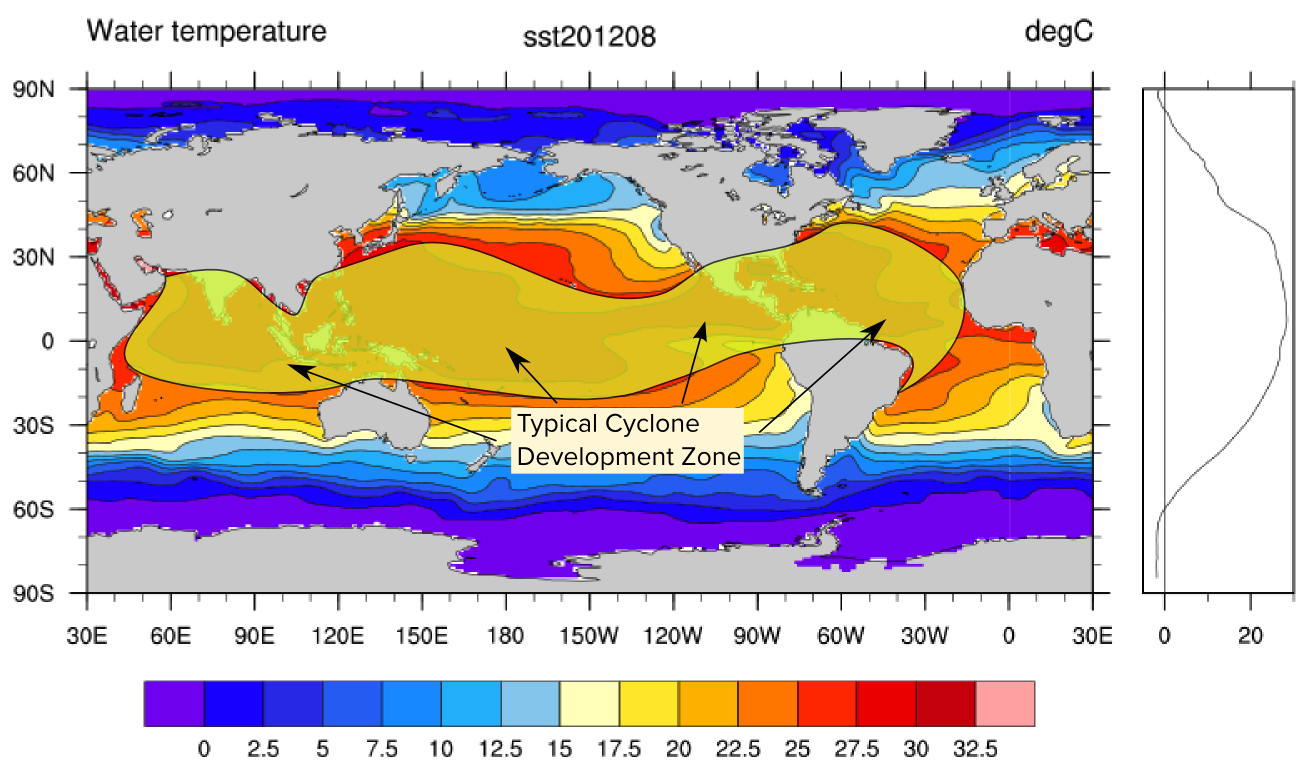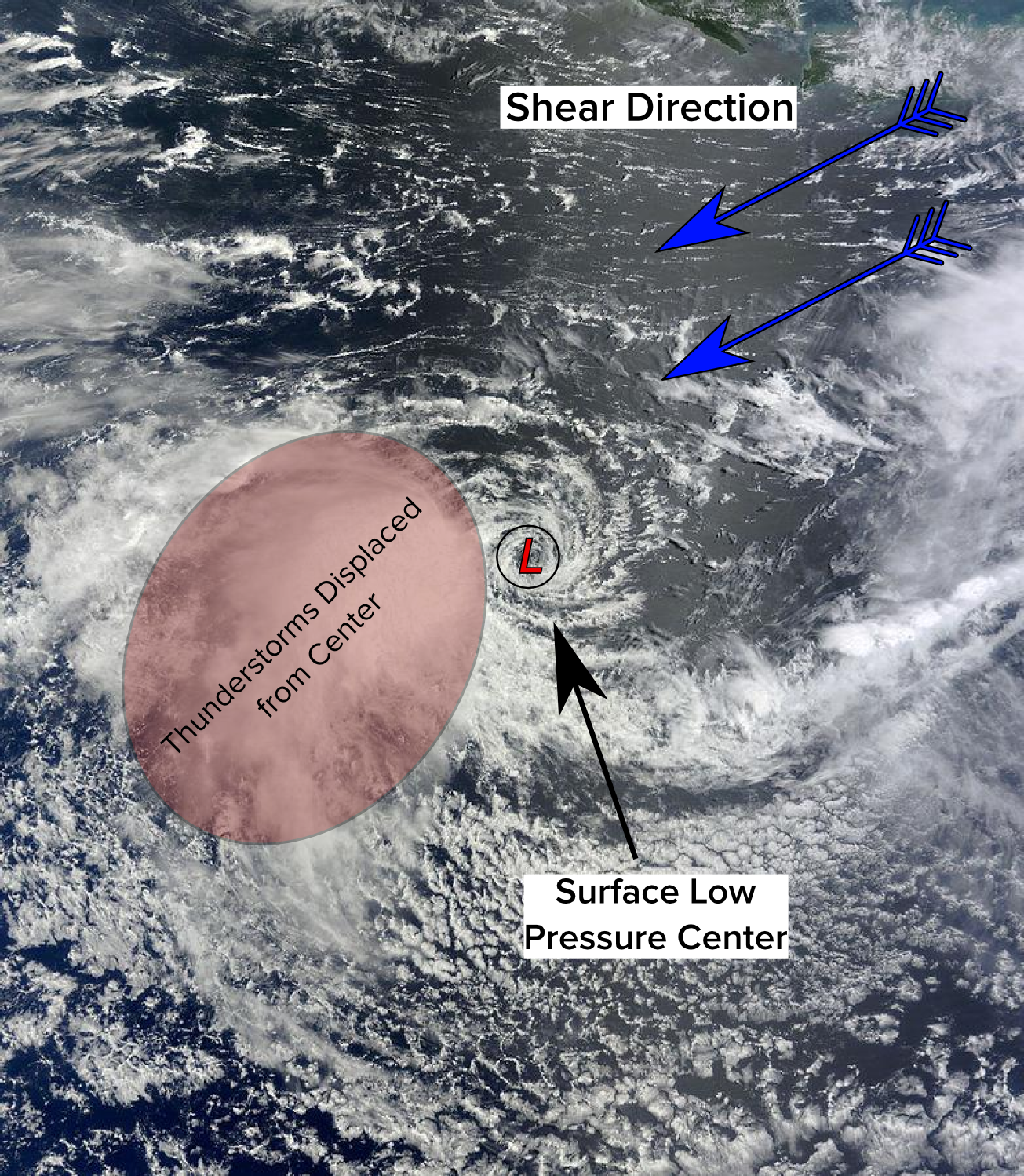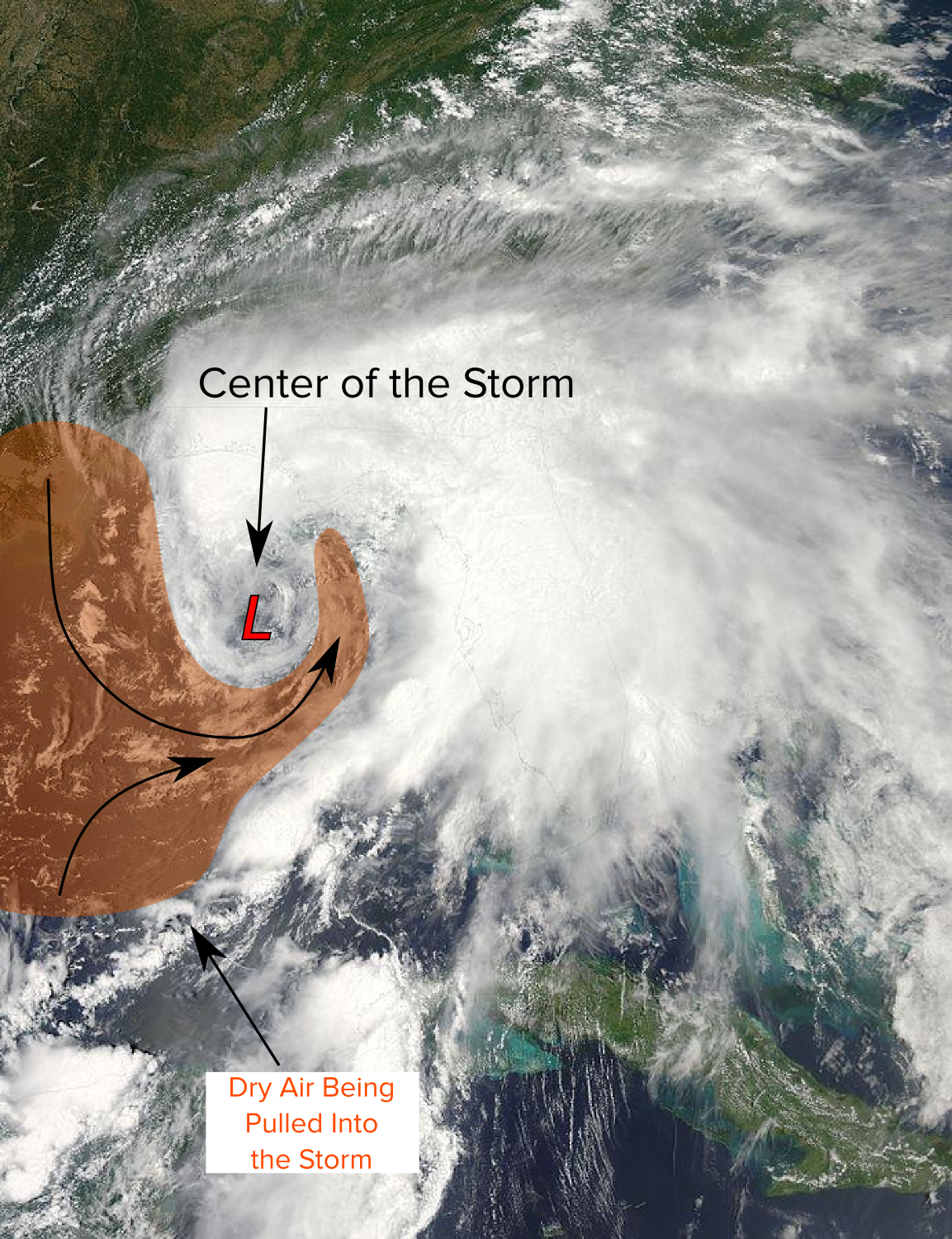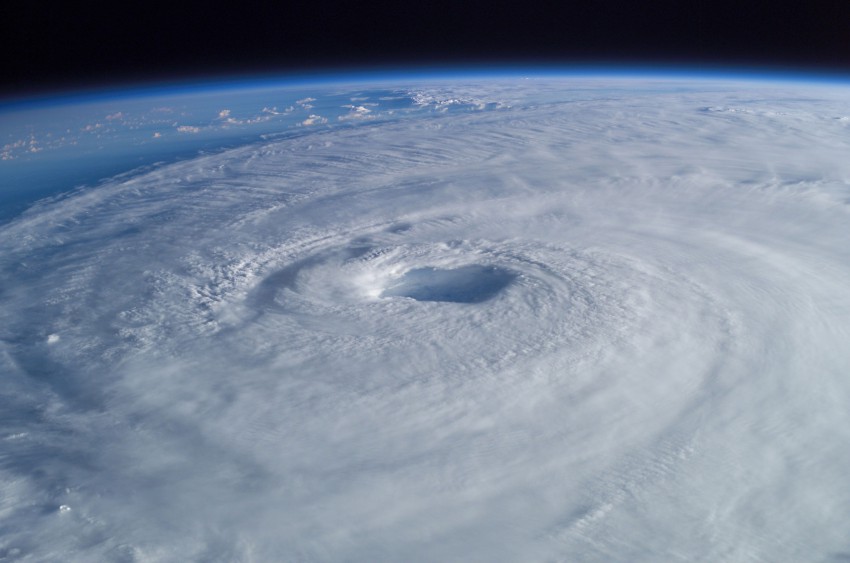Tropical cyclones are some of the most impressive and energetic weather phenomena on planet Earth. Cyclones can bring destructive winds, torrential rains, storm surge, and numerous other hazards to very large areas while being some of the most fragile storm systems observable. Here are a few of the ingredients that need to come together to unleash the full potential of nature’s fury.
What is a Tropical Cyclone?
Tropical cyclone is the generic term that describes any large-scale storm (typically a couple hundred miles in diameter) with circular winds and tropical characteristics. Along with cyclones, these systems are also known as hurricanes or typhoons, depending on which ocean the storm is traversing. When winds first form a complete circle around a central low pressure in the Atlantic Ocean, the storm becomes known as a “Tropical Depression”. As the storm winds strengthen to 40 mph it is called a “Tropical Storm” and is given a name by the National Hurricane Center. Should the sustained winds increase further to 74 mph, the cyclone is reclassified as a “Hurricane”.
What makes a tropical cyclone different from other systems (called extratropical cyclones) is how the storm derives its energy. Extratropical, or “cold-core”, cyclones are energized by horizontal temperature differences. Tropical cyclones are “warm-core”, meaning they act as an engine transporting heat from the ocean’s surface into the upper atmosphere. The more efficient the engine, the stronger the cyclone (stronger winds, higher storm surge, etc). Because they depend on having a consistent supply of warm, moist air circulating without interruption from the surface to the atmosphere, tropical cyclones can be very fragile and are easily disrupted by changes in the following factors:
Sea Surface Temperatures
Tropical cyclones feed on the warm ocean water of the low latitudes. Generally speaking, sea surface temperatures of at least 80°F to a depth of 200 feet are necessary for cyclone development. The warmer the ocean temperature, the more heat potential the storm has to tap into and strengthen. Cooler ocean temperatures are the main reason that Atlantic cyclones don’t tend to develop between the months of November through April, though there have been some rare exceptions.

Wind Shear
Wind shear is a term used by meteorologists to describe sudden changes in wind speed and direction with height. Since tropical cyclones use thunderstorm activity, known as convection, stacked near their center to transport heat from the surface to the upper atmosphere, strong shear can throw off the heat transfer of the storm by pushing thunderstorms away from its center. However, too little shear can be detrimental as well. Wind shear helps propel the cyclone forward, and modest shear can help prevent the cyclone from sitting in one place for too long and exhaust the heat energy from that area of the ocean. The detrimental effects of wind shear tends to inhibit smaller storms and those closer to the equator than their larger or further poleward counterparts, meaning that shear must be determined on a case-by-case basis and cannot be too little or too great.

Moisture
Another vital component of tropical cyclones is their connection to tropical moisture, notably the thunderstorm belt that circles the globe just north of the Equator. If this moisture supply weakens, the cyclone will follow suit. This commonly happens with storms making landfall, but it can even happen over open ocean. As dry air pulls into the circulation, it weakens thunderstorms surrounding the low, making the vital heat engine less efficient. Dry air surrounding a storm tends to cause the storm to contract, leaving it more vulnerable to the other factors described above.

Conclusion
Just like a good soup, it takes a lot of ingredients to come together just right for a tropical storm to form and strengthen. But also like soup, too much of one ingredient or not enough of another can cause the whole thing to go bad. Because of these several factors that affect tropical storms in different ways, advances in intensity forecasting for tropical cyclones has lagged far behind forecasting their track, and is one of the biggest focuses of research in the meteorological field today.
